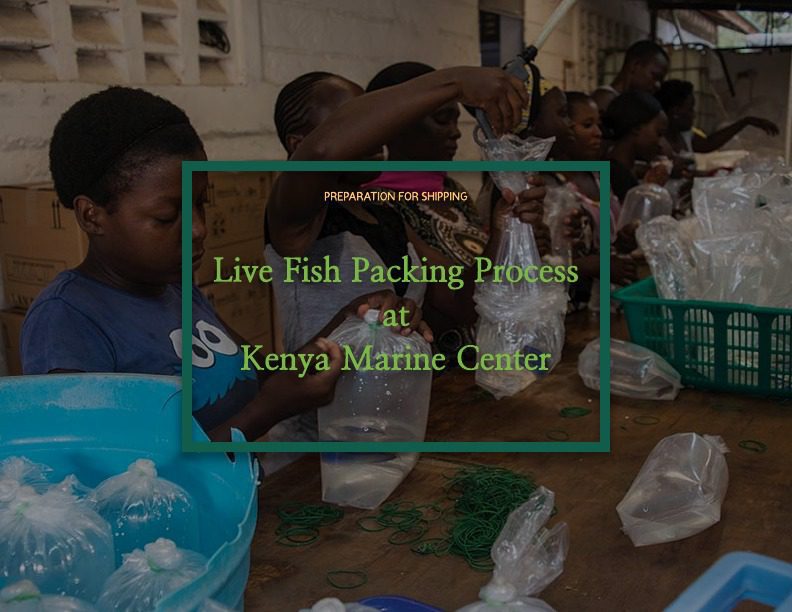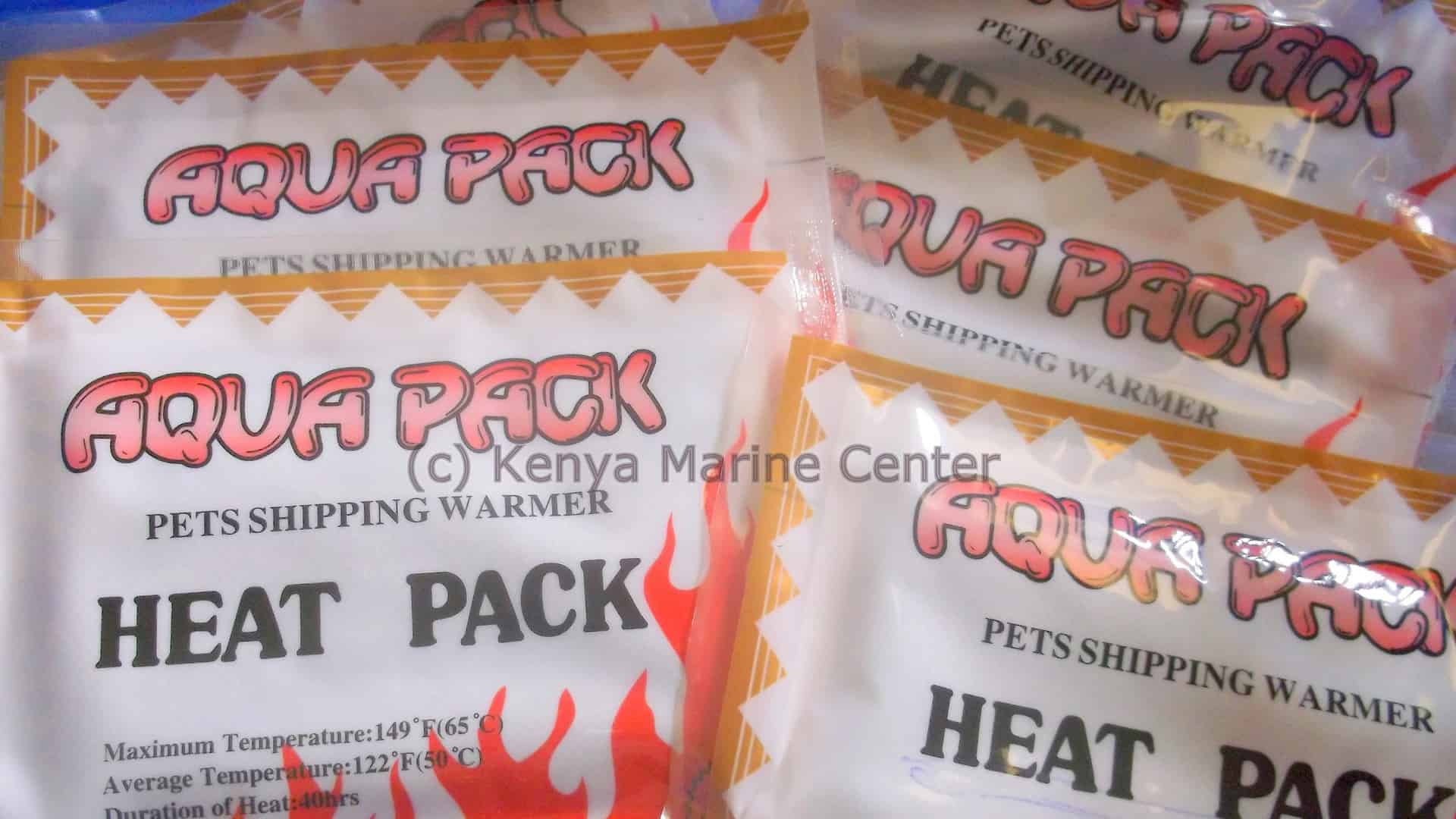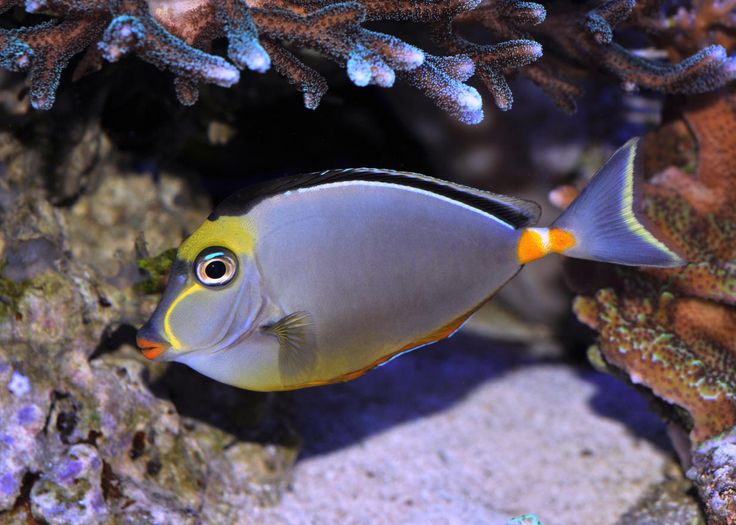Increase in aquaculture has made shipping of live fish a very important activity in the fish industry. The success of shipping however depends on the methods of packing and careful handling. Exporters take care of a number of factors to ensure that only quality fish is shipped to customers.
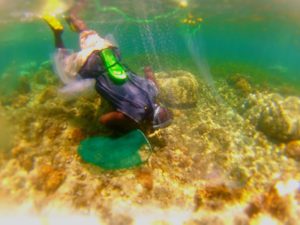
First off is ensuring that only quality water is used. Secondly, they also have to ensure that temperatures are controlled when transporting the fish and last but not least, exporters make sure that pure oxygen supply is available for the fish as this is the most sensitive factor for their survival. Ornamental fish caught for shipping also need to be handled and packed by skilled people who understand their needs.
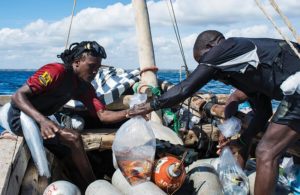
Before shipping, the fish that have been caught are kept in clean water, separate tanks. The marine biologist checks on the fish constantly to make sure they are comfortable and healthy. We do not feed the fish a day before they are scheduled for shipping. This helps to reduce their metabolism and oxygen intake as well as avoid contamination of water with metabolic waste during transportation.
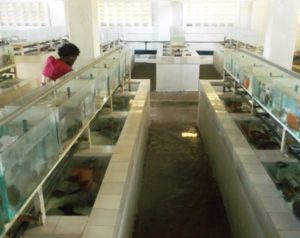
Once all these conditions are met, then comes the packing. Ornamental aquarium fish are packed in a polythene bag filled to 1/3 of its volume. The polythene bags are filled with three parts oxygen to one-part water. After filling with water and fish the upper part of the plastic bag is compressed to drive out the air and then inflated with pure oxygen. The top of the bag is then bent and tied with two or three rubber bands and then placed in Styrofoam boxes standardized specifically for fish.
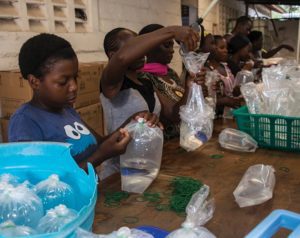
Styrofoam is mainly used for insulation to keep the temperatures controlled during shipping. Ornamental fish exporters either use Styrofoam boxes or line their cardboard box with Styrofoam panels – Kenya Marine Center uses the panels for packing. The Styrofoam boxes or panels are then placed inside another outer container – cardboard box to protect the shipment from damage.

One major challenge that Kenya Marine Center faces is access to the Styrofoam boxes. Kenyan manufacturers are reluctant to produce Styrofoam boxes due to low demand. This makes the production of Styrofoam boxes in Kenya to be very expensive. Importing them on the other hand would also result to increase in shipping costs.
At Kenya Marine Center, we have been able to overcome this challenge of control of temperature by using heat and cold packs. These packs help control the temperature of the fish during shipping in case there is a layover at an airport as well as during harsh weather conditions thereby helping prevent them from climatic impact. Our heat packs are normally imported outside the country so as to ensure that we only offer quality for our customers. Aside from the heat packs, at Kenya Marine center, we can provide double insulation upon the customers’ request.
Kenya Marine center is committed to providing quality products and service and we are also open to more suggestions on how we can better serve our customers in terms of packaging.

